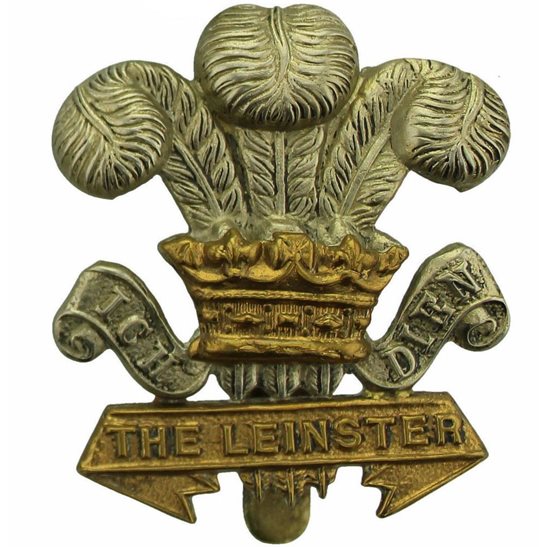Personal Details
Born: Early 1891 in Whitchurch, Shropshire; baptised 17 April that year in Myddle, Shropshire.
Family: He was the eldest of four children born to Robert Lee Hales, a joiner, and his wife Elizabeth Ann. He married Amy Hales in 1921 in Dewsbury, Yorkshire and together they had one child, Walter R L.
Residence: The family were living in West End, Whitchurch, Shropshire when Walter was born. By 1901 they had moved to 164 Wrexham Road, Whitchurch. In 1911 Walter was living at 28 Belton Road, Whitchurch, the same address as shown in 1919. In 1935 at the time of his death he was living at Lebornor, Torrisholme Road, Lancaster, Lancashire.
Employment: In 1911 his occupation was linotype operator; when he enlisted in 1915, he declared that he was a printer and stationer.
Died: 21 June 1935 at the Isolation Hospital in Lancaster.
Military Details
Regiment: Leinster Regiment (previously King’s Shropshire Light Infantry)
Rank: Private
Service Number: 15332 (previously 33095)
Date of Enlistment: 2 March 1916
Date of Discharge: 23 October 1919
Reason for Discharge: Demobilisation
Walter was awarded the Campaign Medals (British War Medal and Victory Medal)

The British War Medal (also known as 'Squeak') was a silver or bronze medal awarded to officers and men of the British and Imperial Forces who either entered a theatre of war or entered service overseas between 5th August 1914 and 11th November 1918 inclusive. This was later extended to services in Russia, Siberia and some other areas in 1919 and 1920. Approximately 6.5 million British War Medals were issued. Approximately 6.4 million of these were the silver versions of this medal. Around 110,000 of a bronze version were issued mainly to Chinese, Maltese and Indian Labour Corps. The front (obv or obverse) of the medal depicts the head of George V. The recipient's service number, rank, name and unit was impressed on the rim.
The Allied Victory Medal (also known as 'Wilfred') was issued by each of the allies. It was decided that each of the allies should each issue their own bronze victory medal with a similar design, similar equivalent wording and identical ribbon. The British medal was designed by W. McMillan. The front depicts a winged classical figure representing victory. Approximately 5.7 million victory medals were issued. Interestingly, eligibility for this medal was more restrictive and not everyone who received the British War Medal ('Squeak') also received the Victory Medal ('Wilfred'). However, in general, all recipients of 'Wilfred' also received 'Squeak' and all recipients of The 1914 Star or The 1914/1915 Star (also known as 'Pip') also received both 'Squeak' and 'Wilfred'. The recipient's service number, rank, name and unit was impressed on the rim.

